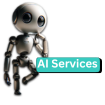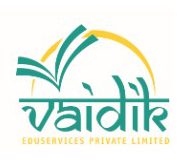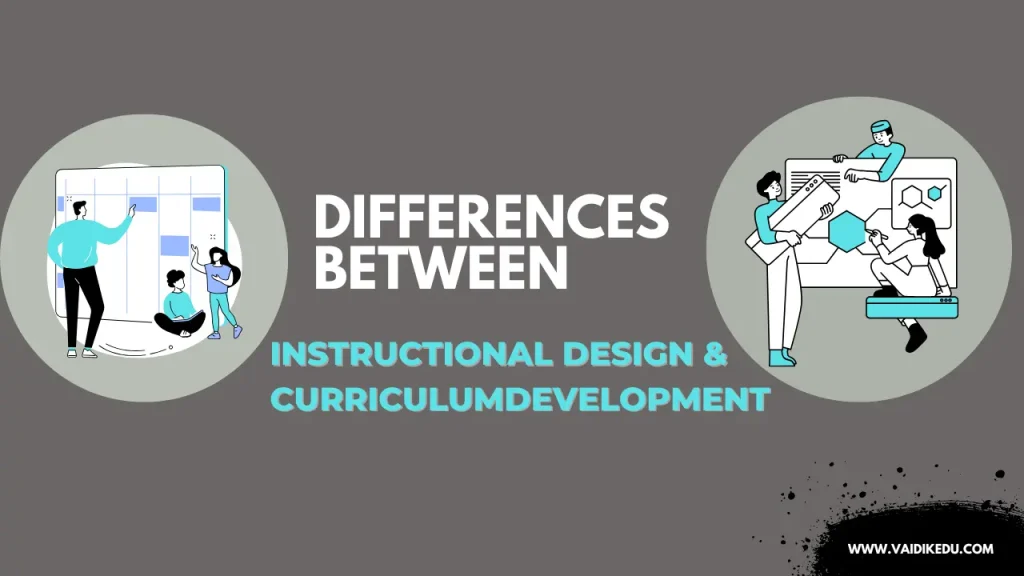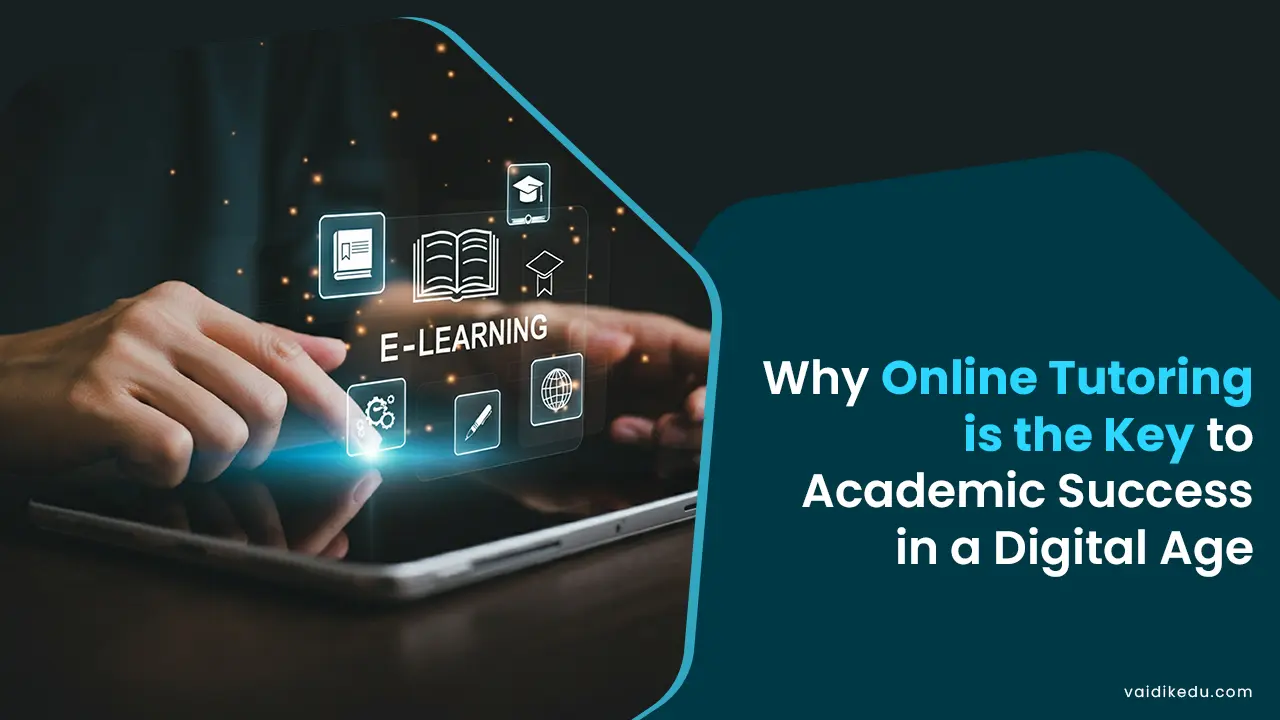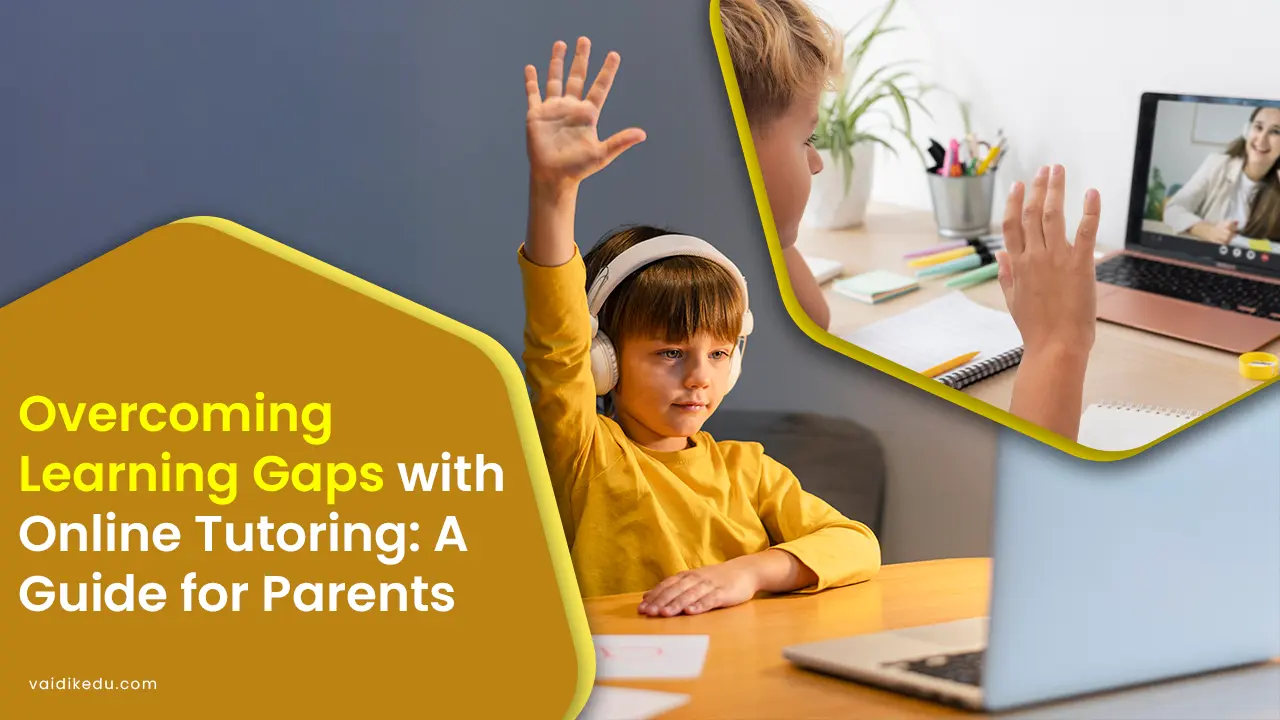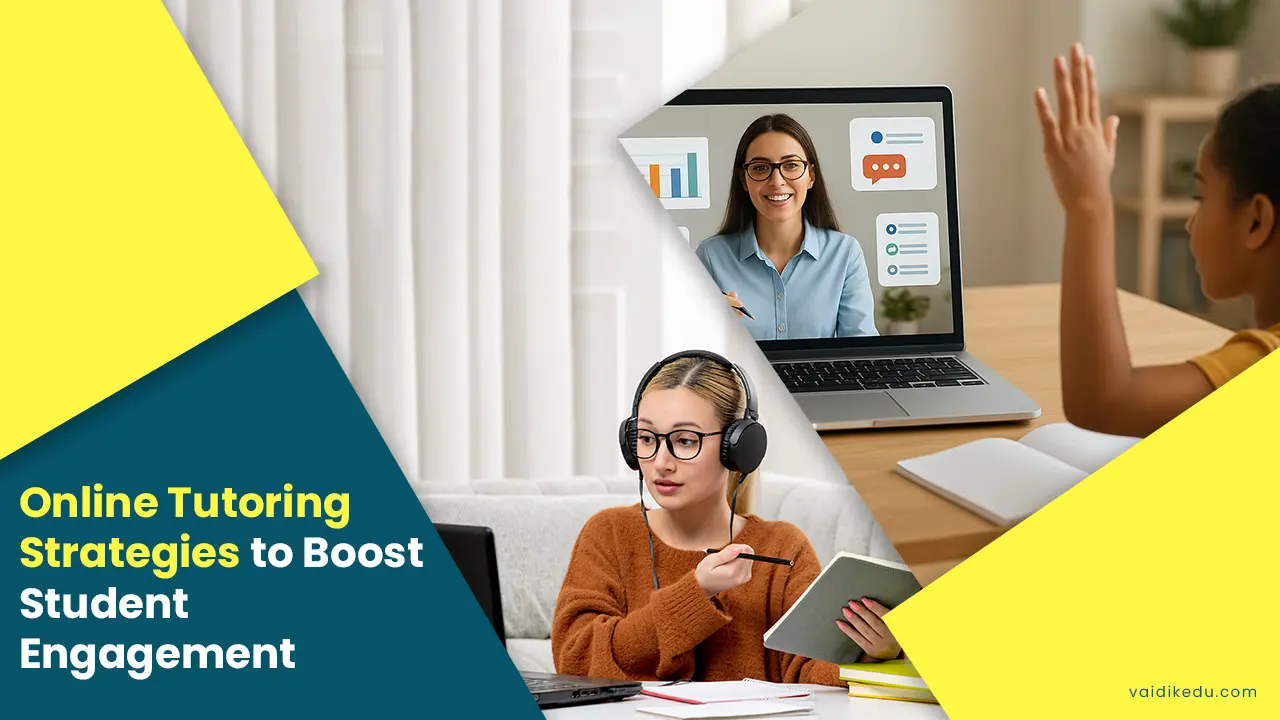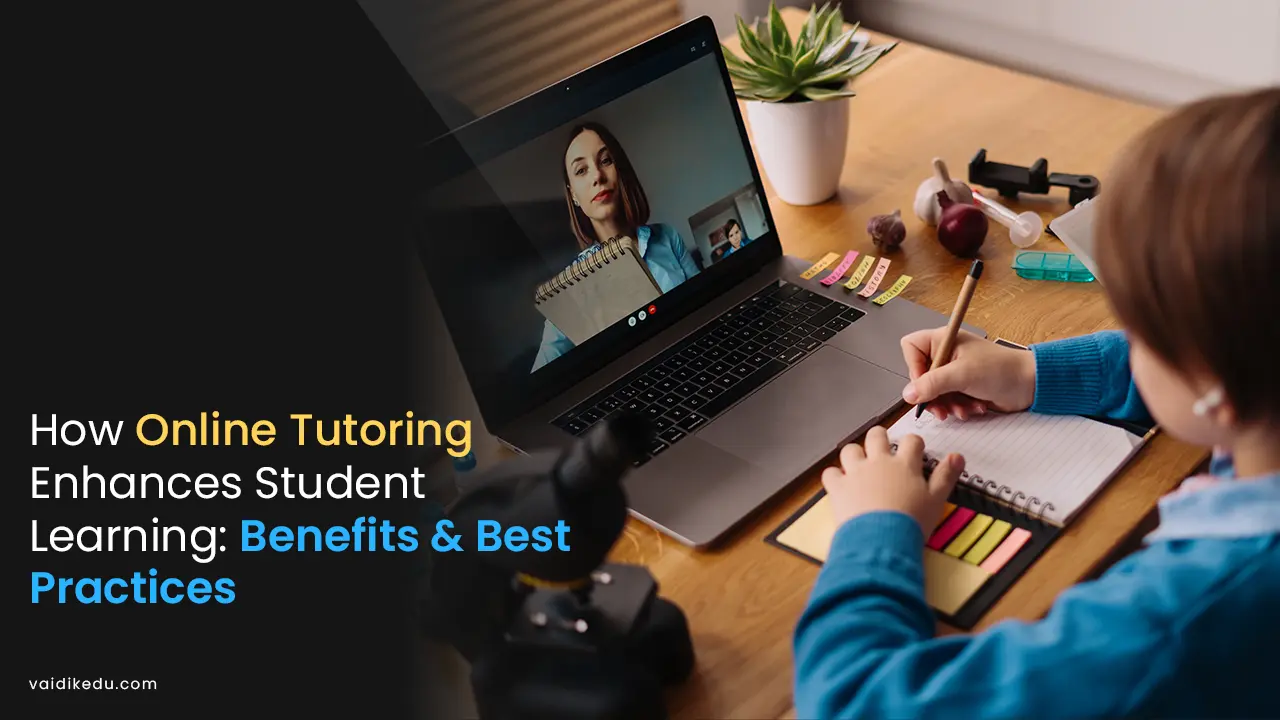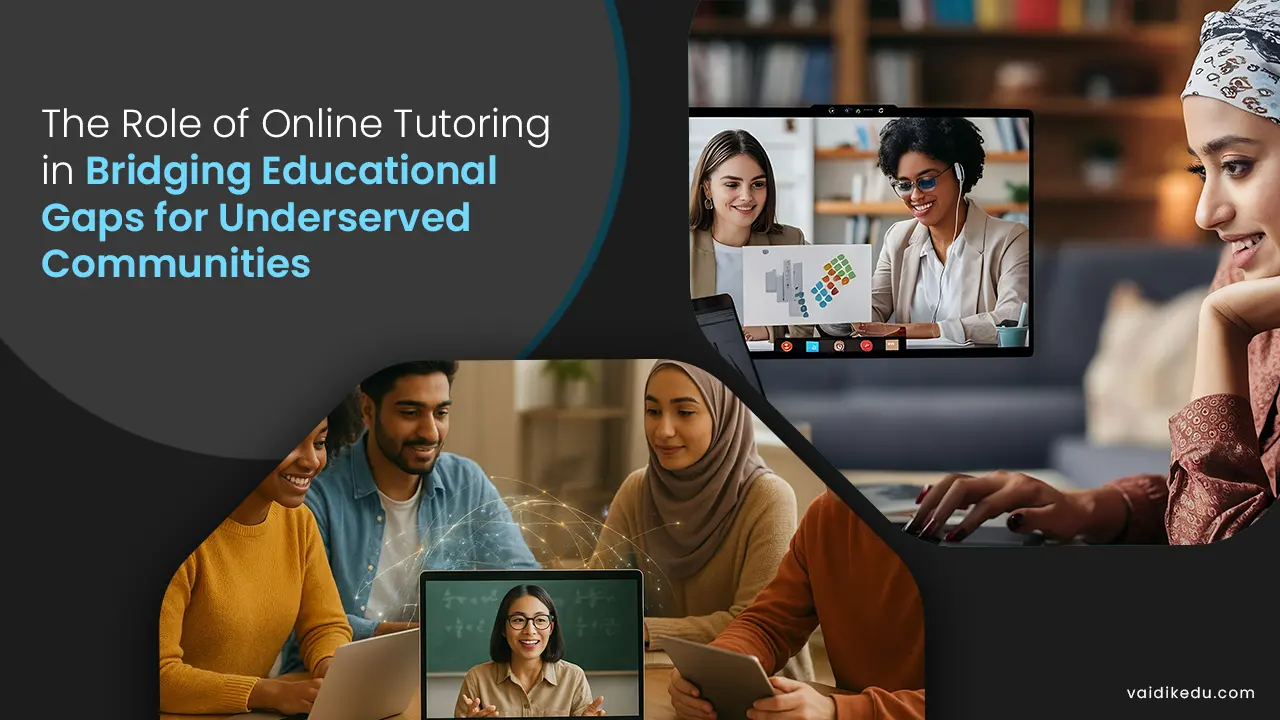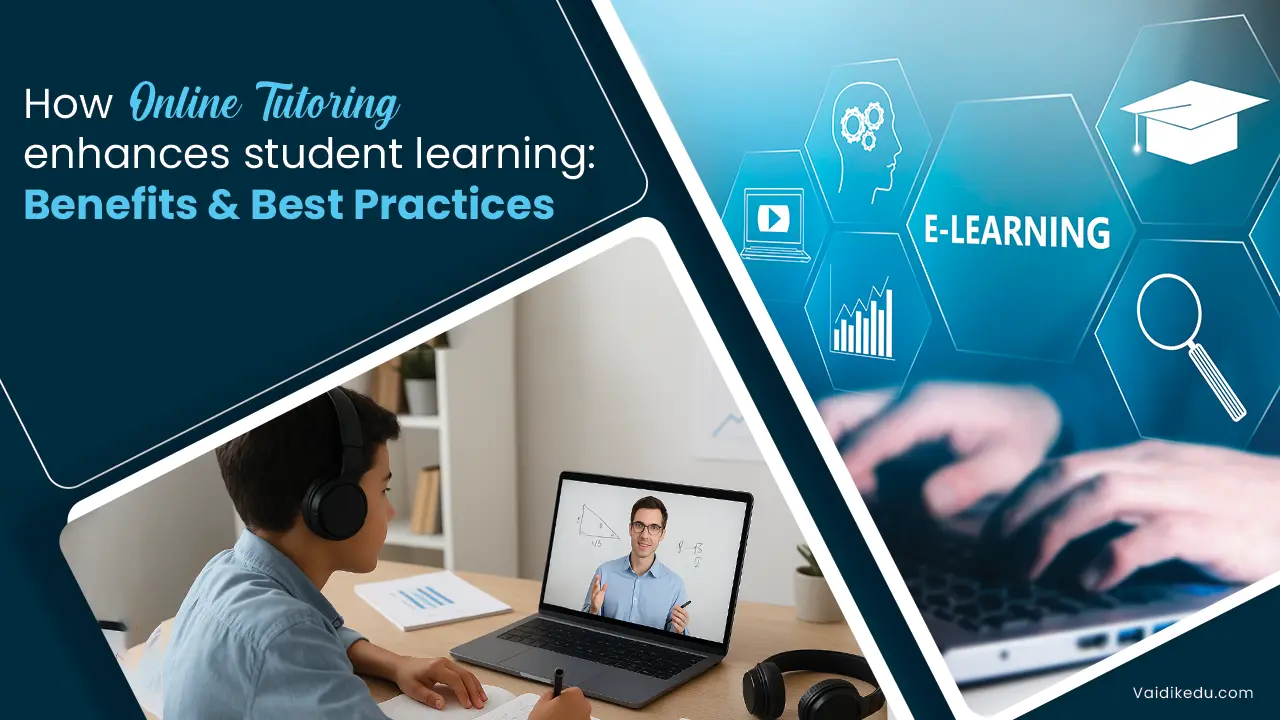The educational world is constantly changing with new technologies and ideas coming up worldwide. This has led to a shift in paradigm from traditional teaching methods to teachers preferring advanced technologies to make learning fun. To develop educational content, lots of research and effective strategies are necessary to make it engaging for the learners.
Is There Any Relation Between Instructional Design And Curriculum Development?
Instructional design and curriculum development are like comrades but have subtle differences that have a profound effect on the way they are built.
Instructional design:
Instructional design is a way of using the best educational method that will positively impact a learner based on their cognitive and behavioral ability. Through this design, everything is thoroughly planned to help students navigate the content and learn diligently. The main motive for any course to be designed is to make the content attractive by adding virtual practice sessions.
For example, for a neurobiology course, virtual simulations can be done to show the action potential and the transfer of ions across the membrane. This will help students try the various potentials they can apply and learn at what threshold the action potential rises.
The instructional design is divided into eight stages, which consist of several informative ideas that can help a professional design the system.
1. Research: This involves studying the target audience and their requirements so the study materials can be designed effectively. One of the most important aspects that cannot be ignored is the motive of the organization for which the material is to be designed.
2. Identifying objectives: No work can be done unless a proper objective of the educational content or motive is set for the material to be designed.
3. Design an effective program: In this, research is conducted, and the design objective is incorporated into the curriculum.
4. Develop visual aids: Converting a graphical representation into a storyboard will help deliver ideas and strategies.
5. Create an example model: Make blueprints of the designs and present them to the clients to get their feedback and make changes if required.
6. Design training materials: The training materials can be an advanced storyboard version containing more detailed information and ideas.
7. Implementing the training process: Providing the students with the training materials can help improve the materials based on their feedback.
8. Improve processes: Change is the only constant. And that change should be made to benefit the clients. Making changes and improving by working on the negative feedback and working on them in the future is always a good thing.
A Few Examples of Instructional Designs Include:
- The ADDIE (analysis, design, development, implementation, and evaluation) model increases the exposure and understanding of a learner.
- Gamification is another example of how certain components of games are integrated to create a fun learning experience.
Curriculum Development:
It refers to the method of developing a lesson plan for schools or colleges. This is done to help meet the educational standards that are required for the students to focus on each grade. This involves the type of subjects and studies required for the developers to fit into the curriculum and prepare the syllabus. In this, the sequence of topics and the desired content suitable for each grade level are decided.
For example, to teach the students the menstrual cycle, they should first know the male and female reproductive parts and their function. Then the menstrual cycle can be taught.
Curriculum Development Also Includes Several Aspects.
- Research the local standards to ensure compliance.
- Improve the programs and the courses based on previous failures.
- Developing and using new technological aspects in teaching so that the students gain through a good teaching process.
- Working with teaching staff, including training programs for them, and observing students in their natural environment can give a better idea of the overall nature of the curriculum.
Elearning platforms are one of the best standard alignments in which online certification courses are integrated by developing the curriculum in proper order and providing flexibility for the learners.
The Major Differences Between The Two Are:
Instructional Designs :-
Objective :- To design and formulate new and innovative ideas to enhance learning.
Focus :- It focuses on how an idea can be delivered and how knowledge can be improved.
Skills :- Problem-solving and project management skills can help in constructive development.
Application :- It focuses on the teaching methods and how the behavioral aspect affects the design.
Flexibility :- Instructional designs can be more flexible because they can integrate new technologies and ideas into their system.
Stakeholders :- In this method, educators, students, parents, administrators, policymakers, etc. are involved in each level of design.
Curriculum Development :-
Objective :- Concentrates on designing content that is required by the students to learn based on their grades
Focus :- It focuses on how much knowledge can be provided to the students based on their age.
Skills :- Good technological and communication skills are necessary to provide better opportunities.
Application :- It focuses on the content that is required for the students to learn.
Flexibility :- It is less flexible because they are more dependent on the content required to learn and stick to the curriculum.
Stakeholders :- Curriculum development only involves the teachers and the students.
Conclusion:
With the rise in technology and the acceptance of new changes, the differences between instructional design and curriculum development have lessened. With everything being digitalized, it has become essential to use cutting-edge technologies to teach learners so that they can also get used to the new methods and use them in the future.
Both instructional design and curriculum development are moving forward in the competing world to develop the best materials and strive to survive. The final goal of any educator involved in both fields is to create materials that can benefit the learners in the best way.
FAQs
1.What is necessary for a learner to be aware of when joining any online certification courses?
One of the necessities for any learner before joining a certification class is to make sure that the courses are legitimate and not scams for just making money.
2. What are the cons of being extremely dependent on instructional designs and curriculum development?
Being extremely dependent on ID and CD can affect a learner’s ability to imagine things on their own.
3. Why do people confuse instructional designs and curriculum development?
Since they are both nearly the same with just slight differences in their methodology, they are both easily confused.
4. Can there be any collaboration between instructional designs and curriculum development?
Yes, with new technological advancements, a collaboration between the two can help in putting forward the best strategy forward.

